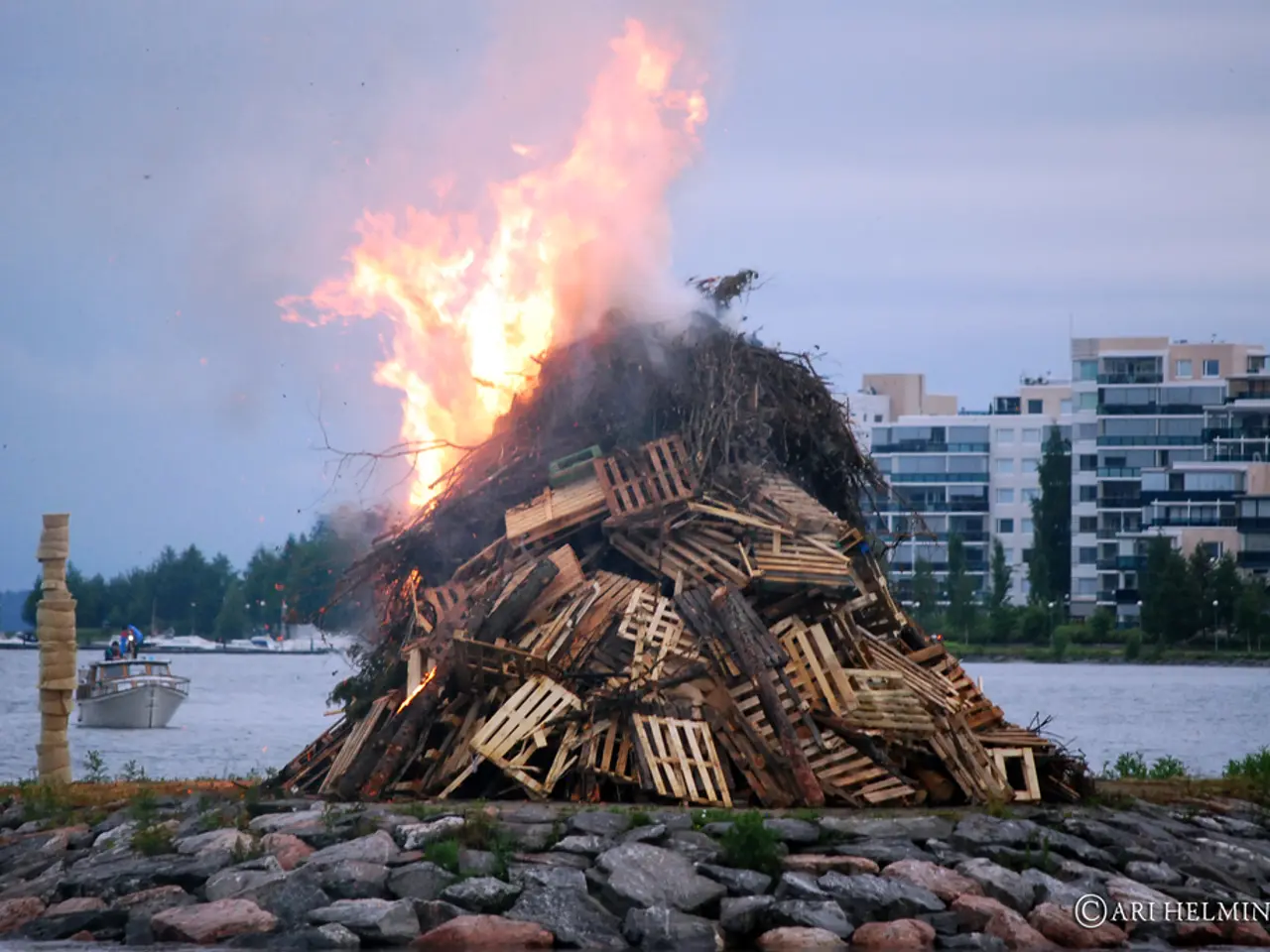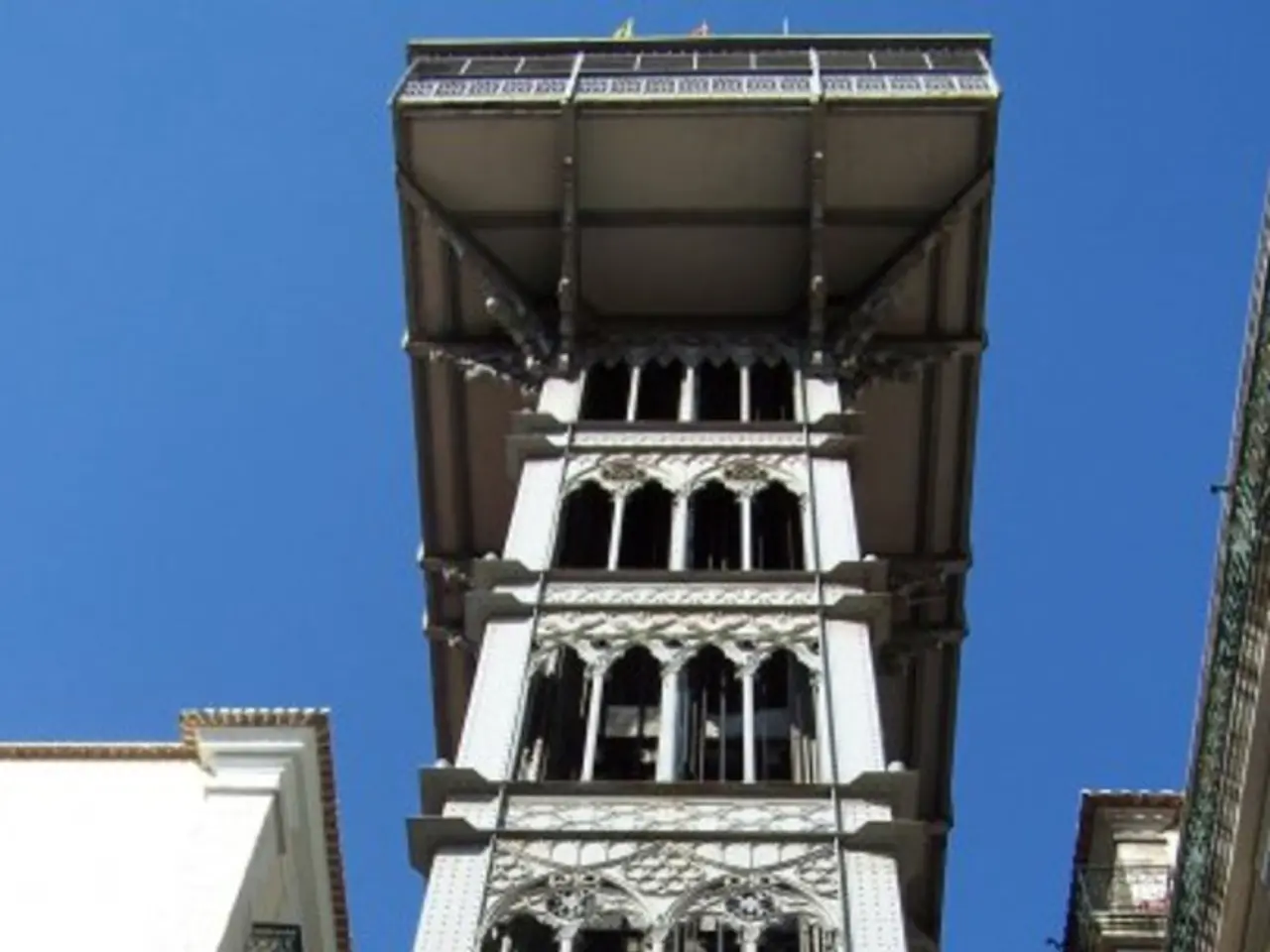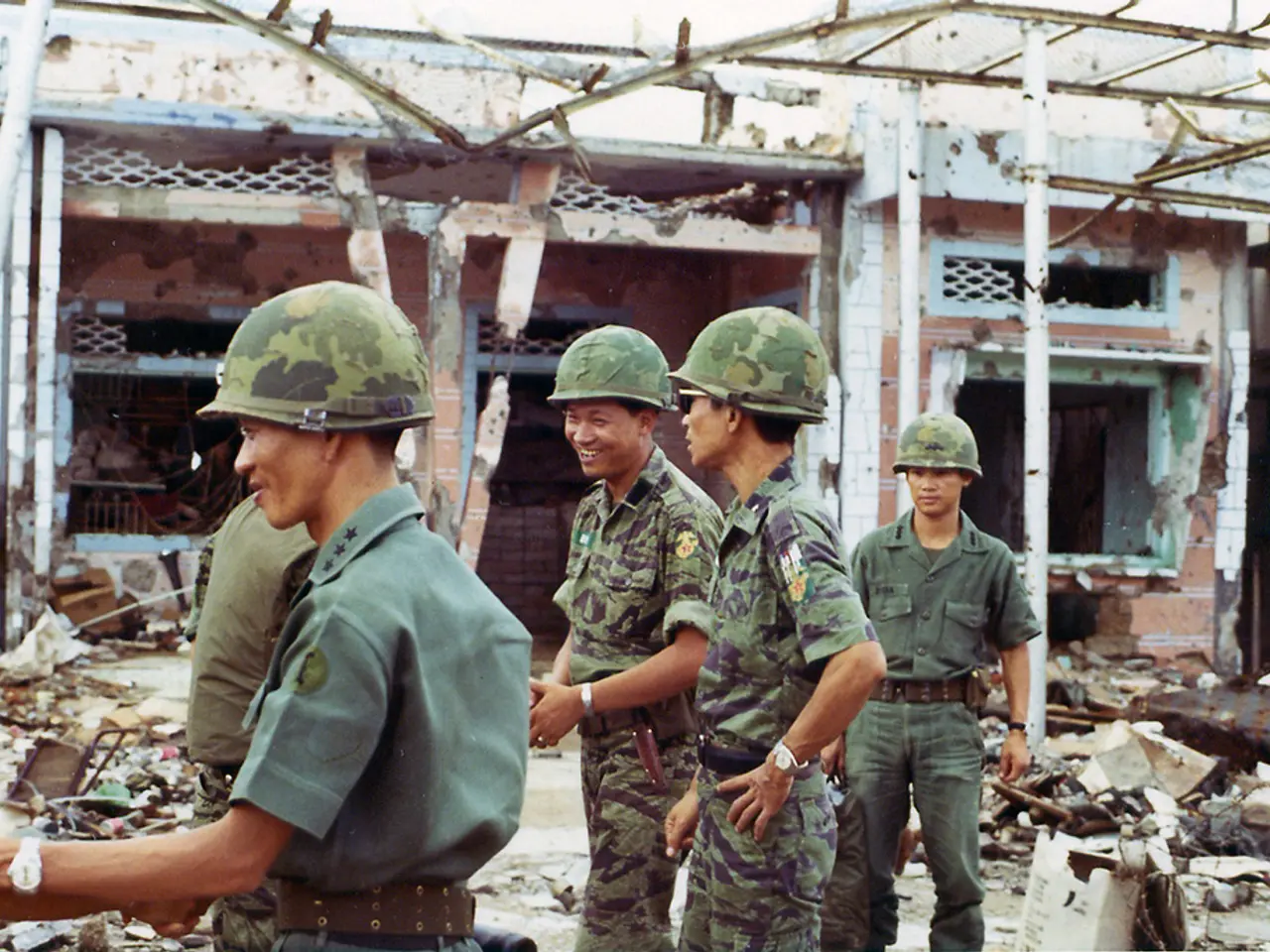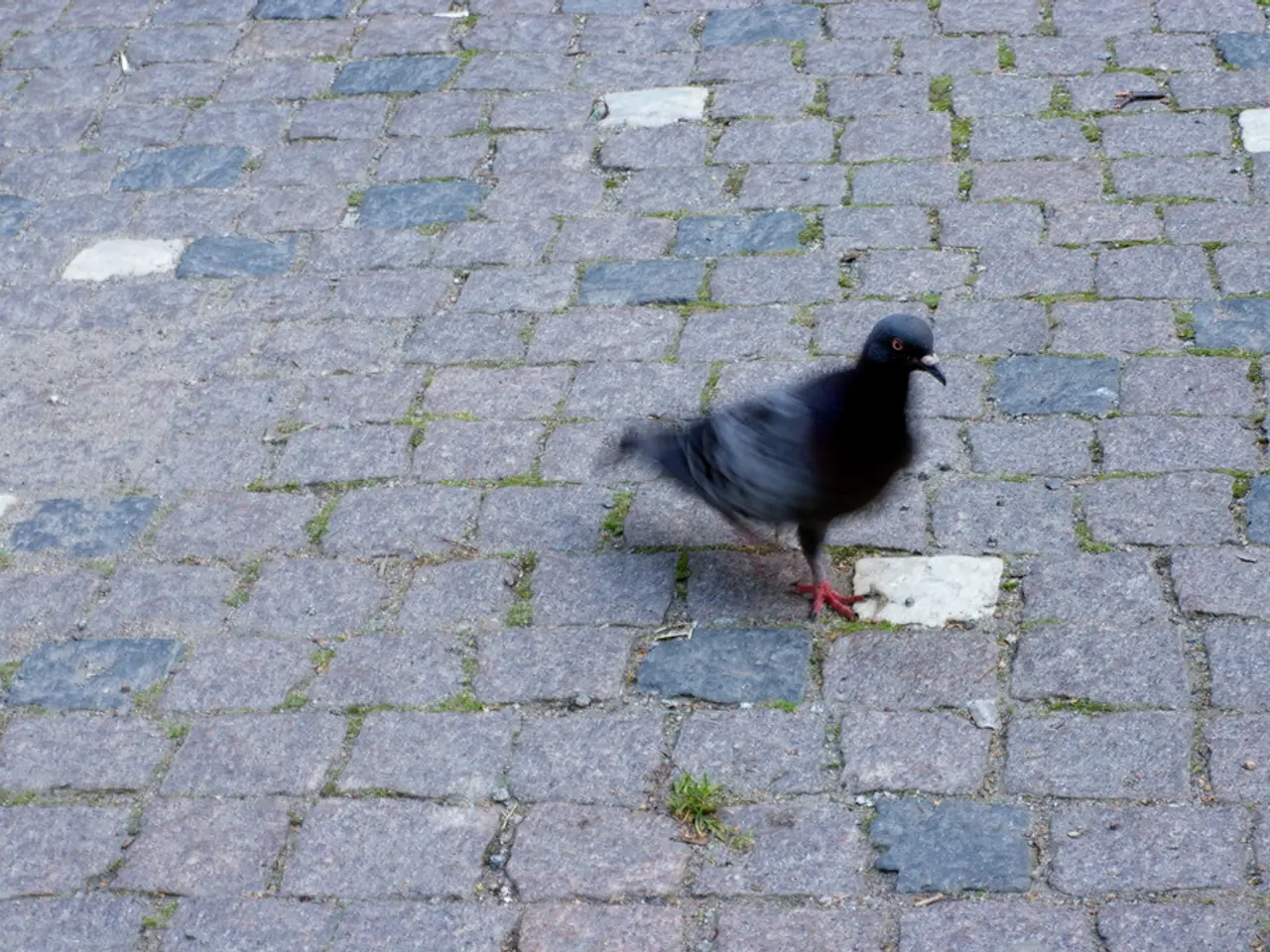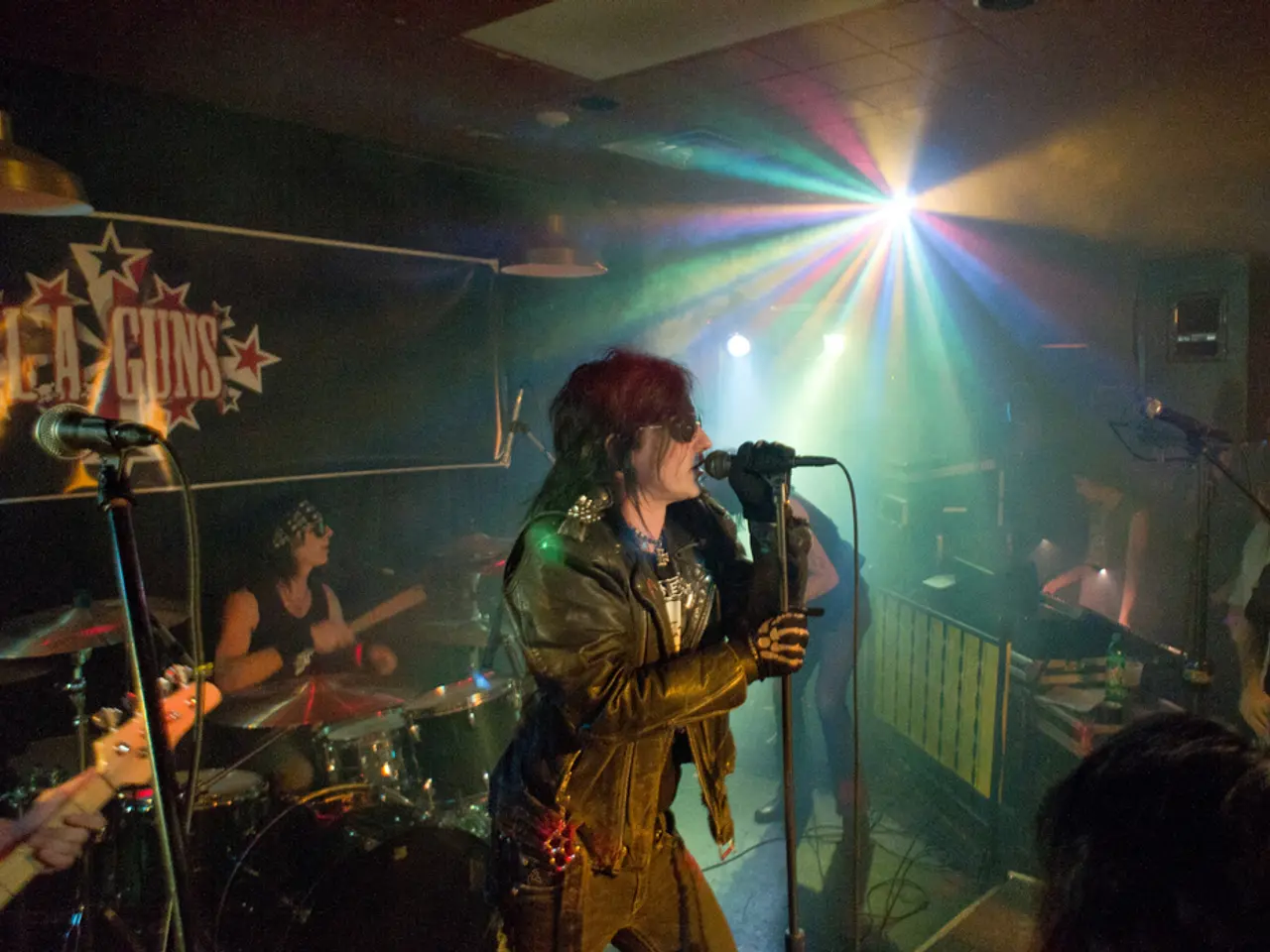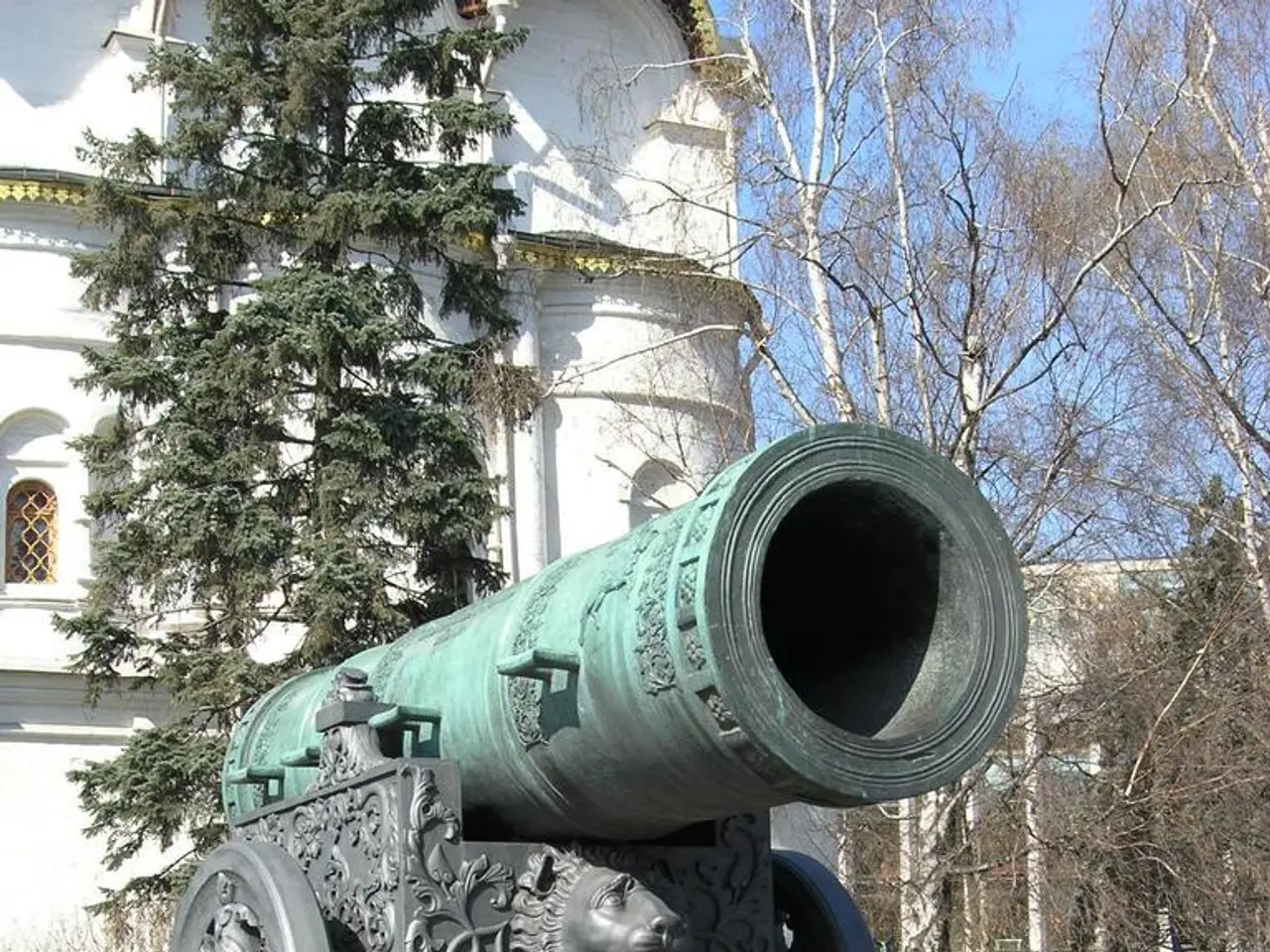Multiple firefighters engaged in battling blazes across Portugal, totaling over 3,000 individuals.
The Portuguese Institute of the Sea and Atmosphere (IPMA) has warned that much of the northern and central interior of the country, as well as nearly the entire Algarve, is currently at maximum risk of rural fires. This high danger is due to dry vegetation, prolonged heatwaves, gusty winds, and widespread drought conditions[1][3][5].
In particular, the district of Castelo Branco, including the Penamacor area, is considered one of the most critical zones, with large active fires threatening multiple villages[1]. Other central regions such as Santarém and Nisa have also experienced significant fire activity but have recently come more under control[4]. The risk remains elevated due to ongoing heat forecasts (temperatures approaching 40°C) and strong winds[4].
The Secretary of State for Civil Protection, Rui Rocha, has confirmed the mobilization of 76 aerial resources to fight the fires[6]. However, the Secretary did not discuss the characteristics of the fires that affect the availability of aerial resources[2].
One of the ongoing fires is in Ponte da Barca, which started in the Peneda-Gerês National Park on Saturday and has since spread to the municipality of Terras de Bouro, in the district of Braga[3]. The National Emergency and Civil Protection Authority (ANEPC) has requested satellite imagery for fires affecting Arouca in the Aveiro district and Ponte da Barca in the Viana do Castelo district[7].
In Arouca, the rural fire that started on Monday and spread to Castelo de Paiva is currently mobilizing the most resources, with over 770 operatives fighting the blaze[8]. No new information was given about the fires in Ponte da Barca and Terras de Bouro.
The IPMA has also reported that some municipalities in the Algarve are expected to experience a worsening of the rural fire risk in the coming days[9]. The forecast for rural fire risk mainly covers the municipalities of Bragança, Vila Real, Viseu, Guarda, Castelo Branco, Coimbra, and Santarém[10].
Despite the ongoing efforts, the Secretary of State did not mention the availability of 76 aerial resources in his latest statement[2]. The IPMA has emphasized that the maximum risk of rural fires will continue in the coming days in the same regions[11]. The European Commission has not received a request to activate the European Civil Protection Mechanism[2].
[1] https://www.portugal.gov.pt/noticias/portugal-em-estado-de-alerta-maximo-por-incendios-rurais [2] https://www.portugal.gov.pt/noticias/secretario-de-estado-nao-disse-nada-sobre-os-caracteristicas-dos-incendios-que-afectam-a-disponibilidade-de-recursos-aereos [3] https://www.portugal.gov.pt/noticias/incendio-em-ponte-da-barca-espalhou-para-terras-de-bouro [4] https://www.portugal.gov.pt/noticias/incendios-rurais-em-santarem-e-nisa-estao-sob-controle [5] https://www.ipma.pt/pt/noticias/alerta-amarelo-para-incendios-rurais-em-algarve-e-norte-do-pais [6] https://www.portugal.gov.pt/noticias/secretario-de-estado-garante-a-disponibilidade-de-76-recursos-aereos-para-combater-os-incendios-rurais [7] https://www.portugal.gov.pt/noticias/anepc-pediu-imagens-satellitais-para-incendios-em-arouca-e-ponte-da-barca [8] https://www.portugal.gov.pt/noticias/incendio-em-arouca-que-espalhou-para-castelo-de-paiva-tem-mais-de-770-operativos-em-combate [9] https://www.ipma.pt/pt/noticias/alerta-amarelo-para-incendios-rurais-em-algarve [10] https://www.ipma.pt/pt/noticias/alerta-amarelo-para-incendios-rurais-em-braganca-e-vila-real [11] https://www.ipma.pt/pt/noticias/alerta-amarelo-para-incendios-rurais-em-algarve-e-norte-do-pais-continua-em-vigor
- The Algarve region of Portugal, along with several central regions such as Santarém and Nisa, is currently facing a high risk of rural fires due to dry vegetation, prolonged heatwaves, gusty winds, and widespread drought conditions.
- Despite the IPMA's warnings and ongoing efforts to combat rural fires, the Secretary of State for Civil Protection, Rui Rocha, did not discuss the characteristics of the fires that affect the availability of aerial resources, leaving the public informed about this important aspect.
- In the midst of these ongoing rural fires, the Algarve is expected to experience a worsening of the rural fire risk in the coming days, with some municipalities at maximum risk.
- Meanwhile, the rise in temperature and strong winds in these regions continue to fuel both the ongoing fires and the increased risk of new incidents, making environmental-science, general-news, politics, crime-and-justice, and news about the science of the environment crucial for the informed public.
